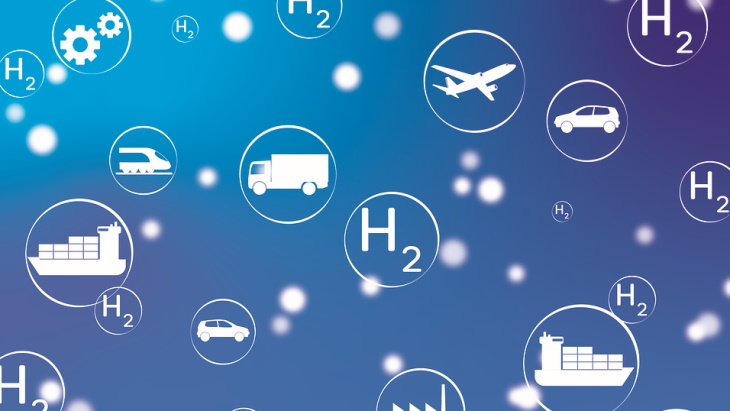
The proposed regulations for claiming the so-called 45V Clean Hydrogen Production Tax Credit established under the 2022 Inflation Reduction Act issued by the US Treasury Department and Internal Revenue Service were published in the Federal Register on 26 December.
The Inflation Reduction Act (IRA) of 2022 provides a production credit for each kilogram of qualified clean hydrogen produced by a taxpayer at a qualified clean hydrogen production facility. Providing tax credits of up to USD3 per kilogram of hydrogen to projects with low lifecycle greenhouse gas emissions, the White House says the 45V credit accompanies other hydrogen programmes such as the Department of Energy's Regional Clean Hydrogen Hubs Program.
The credit amount is dependent on the emissions intensity of the hydrogen production process. However, the proposed regulations stipulate that only clean power generators that began operating within three years of the hydrogen facility entering service will be eligible.
This requirement effectively eliminates all existing US clean energy generating capacity from qualifying for the credit, instead requiring hydrogen producers to construct purpose-built energy projects for their production facilities, Nuclear Energy Institute (NEI) President Maria Korsnick said.
"This requirement will make many clean hydrogen projects uneconomic and will create years of delay for the few projects that can move forward in the face of the Administration's added constraints," she added. "The US nuclear fleet is well positioned to propel the US as a global leader in clean hydrogen production, but the Administration's proposal will undercut the development of a domestic clean hydrogen economy and will bolster the competitiveness of our global competitors.
"By explicitly allowing the zero-emission nuclear power production tax credit to be claimed in conjunction with the H2 Credit, the authors of the IRA made clear that existing nuclear facilities were eligible for the H2 Credit. NEI will continue to engage the Administration to ensure the H2 credit is implemented as clearly intended by Congress. Doing so will ensure nuclear energy can fill its full potential in decarbonising the hardest-to-abate sectors of our economy and will accelerate progress toward a cleaner energy economy."
Last October, US President Joe Biden and Energy Secretary Jennifer Granholm announced seven regional clean hydrogen hubs that will share USD7 billion in federal funding to accelerate the commercial-scale deployment of low-cost, clean hydrogen. Several hubs' plans envisage using nuclear energy, with Constellation Energy, a major participant in the MachH2 hub, planning to build the world's largest nuclear-powered clean hydrogen production facility at its LaSalle Clean Energy Center in Illinois.
That facility will cost an estimated USD900 million, produce an estimated 33,450 tonnes of clean hydrogen per year and create thousands of "good-paying" jobs, but will need the tax credits to be cost-effective.
"The proposed rule flies in the face of Congress's clear intent to use America's nuclear energy to produce hydrogen," the company told the American Nuclear Society.
Senator Joe Manchin, chairman of the US Senate Energy and Natural Resources Committee, said the proposed rule "makes absolutely no sense", imposing onerous rules not included in the IRA that limit the ability of the credit to help develop a domestic hydrogen market. The proposed rules "will only make it more difficult to jumpstart the hydrogen market, which will be a critical part of our secure energy future", he said.
The proposed regulations are open to public comment until 26 February, and a public hearing will be held on 25 March.